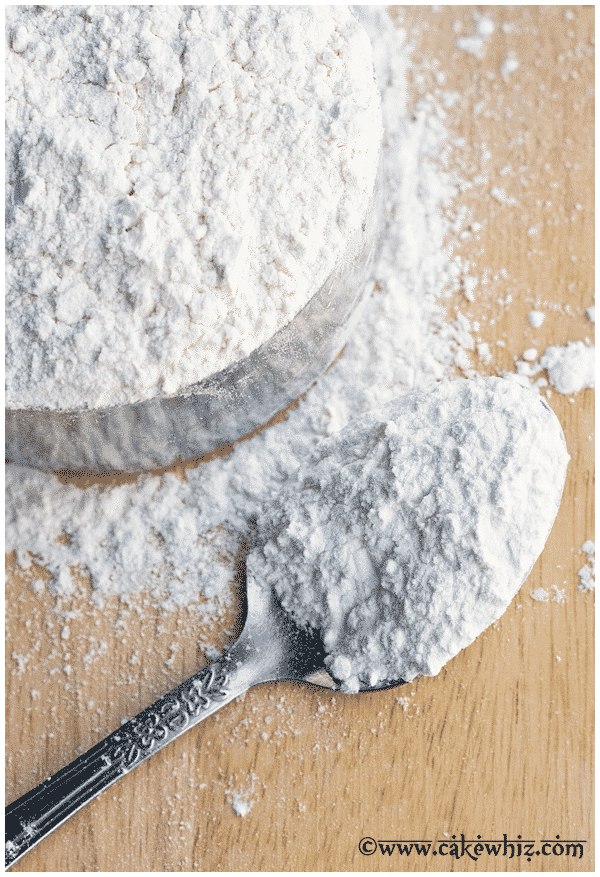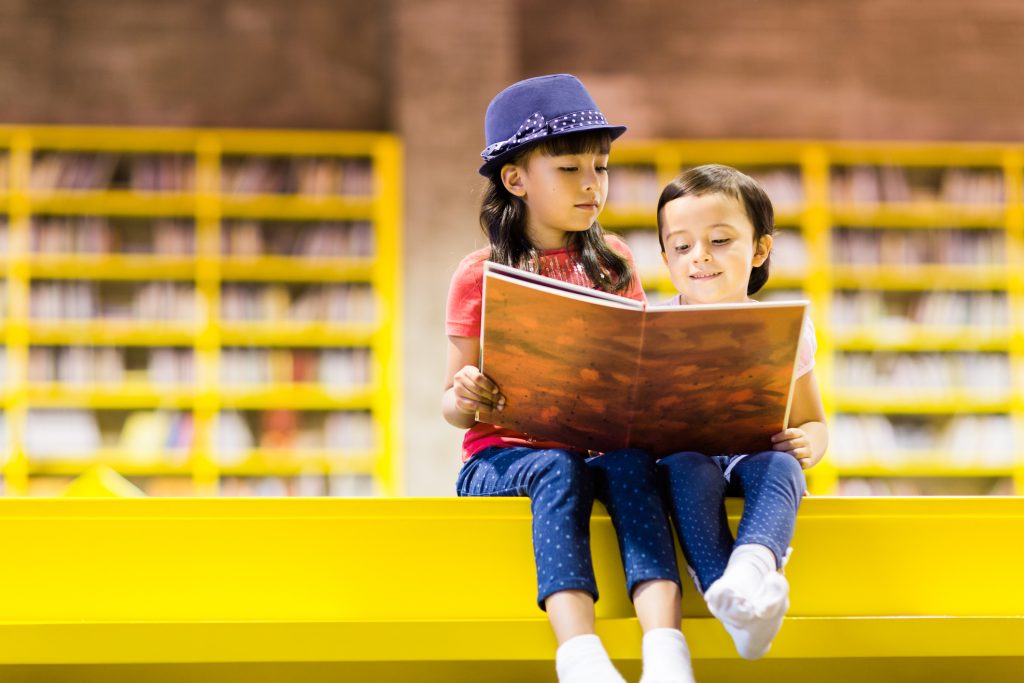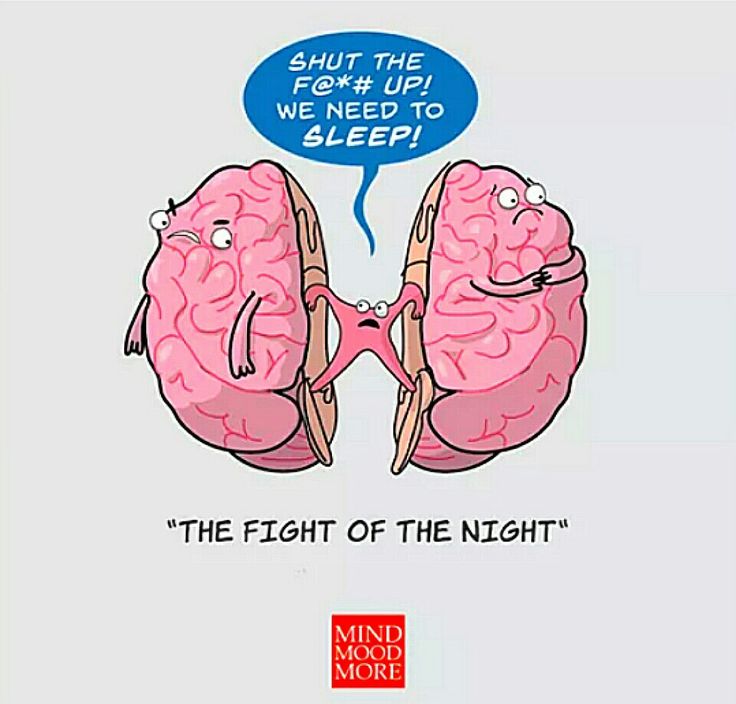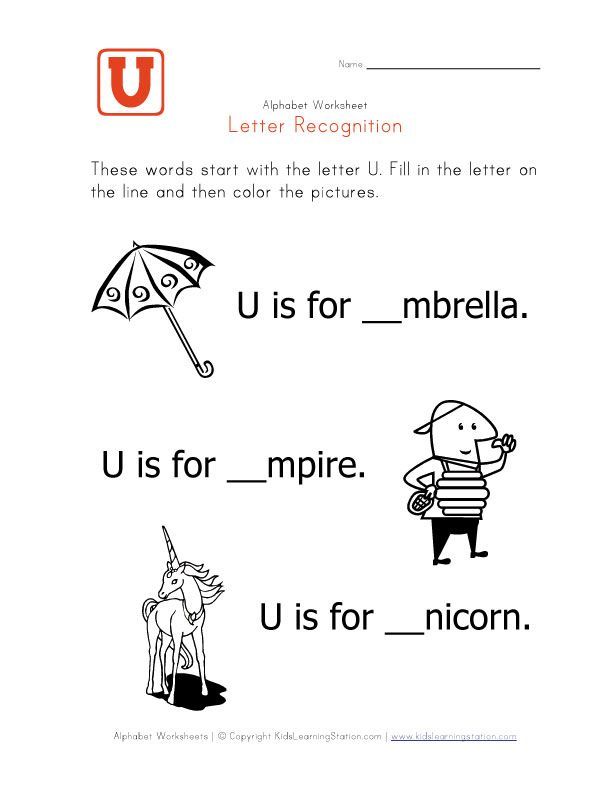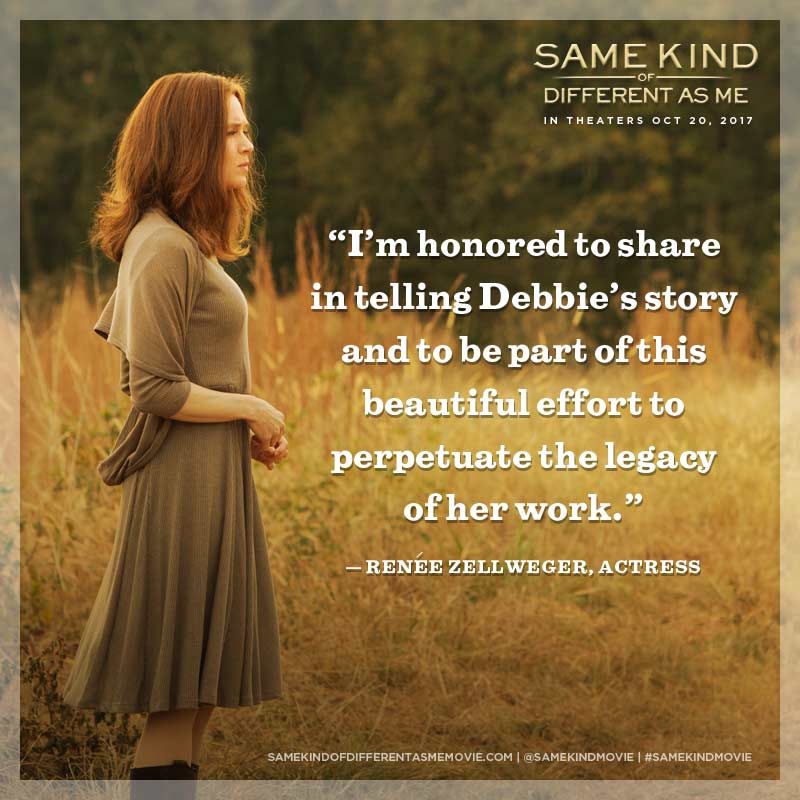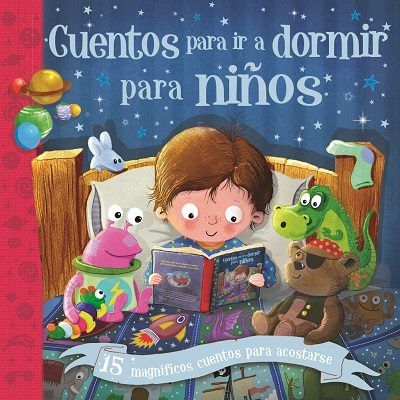Learning letters for kindergarten
How to Teach Letters to Kindergarten Students Plus 5 Alphabet Activities and a Free File!
1.2K shares
Teaching letters to kindergarten students should be organized and follow a routine so students can reach mastery of the alphabet. Here are some tips on how to introduce and teach letters in kindergarten.
As we are introducing the alphabet, we help kindergarten students learn to identify the letters of the alphabet at first by looking at the path of motion. When we designed our Engaging Readers units, we not only planned amazing reading comprehension activities, but we also planned our word study as well. We are often asked about how we teach letters to kindergarten students at the beginning of the year.
When kindergarten students come to us at the beginning of the year, they know the names of objects in their everyday life. If you show a student a picture of a car, they will know it’s a car even if you turn it sideways or flip it so it’s facing the other direction. Same with a dog, a bird, a house… they are still the same object. However, with letters that is not the case. When we look at a letter of the alphabet, the meaning of the object changes when it gets positioned differently. Think about the lowercase letters b, d, p, and q. It is important for students to know the names of the letters and recognize letters in the correct formation. This takes a little retraining for our kindergarten friends.
Experts tell us that is important to think about letter formation and to teach students explicitly as you introduce these letters. Research also tells us that students who are confident with their handwriting skills produce a higher quality of writing than those with poor handwriting. (Ruetzel, R July/August 2015 Findings Primary‐Grade Teachers Will Want to Know The Reading Teacher, Vol. 69, Issue 1)
You can see more on handwriting and the path of motion for lowercase and uppercase letters in this blog post:
- Why Teaching Kindergarten Handwriting is Still Important
How to Teach Letters in Kindergarten: Letter Order
According to Wiley Blevins, there is no consensus on the best sequence for teaching the alphabet.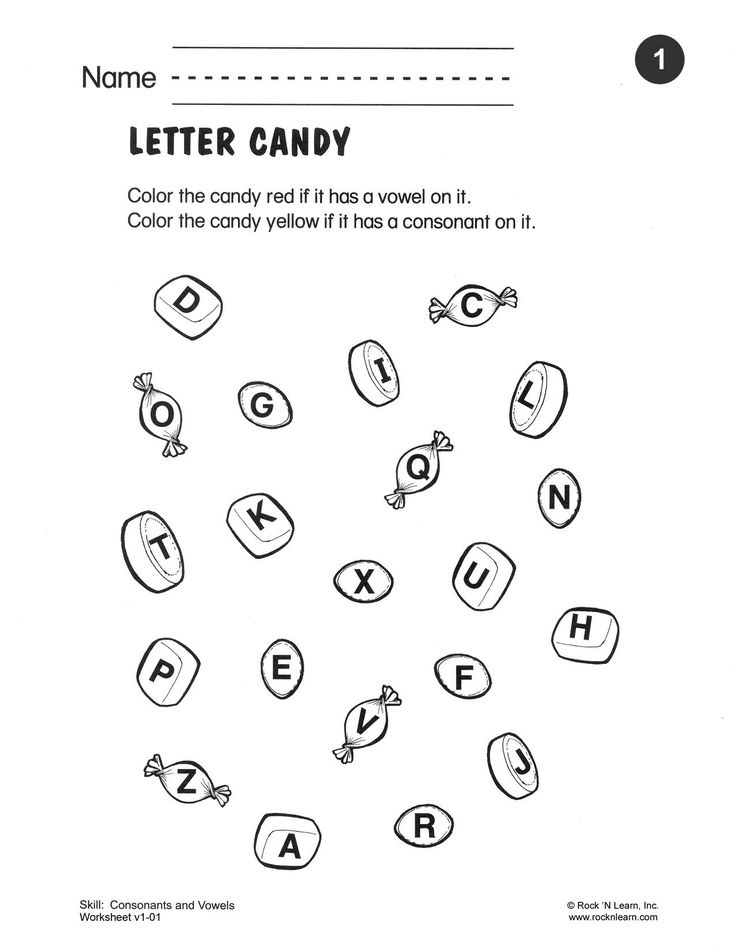 Many teachers believe letters should be introduced in alphabetical order, whereas others believe that a young learner should learn meaningful letters first, such as the letters in their names. When teaching young children letter names and letter sounds, we teach letters that allow them to build words quickly. So, we begin with the letters t, a, b, and h. We then follow a set sequence throughout our curriculum for teaching letters and beyond.
Many teachers believe letters should be introduced in alphabetical order, whereas others believe that a young learner should learn meaningful letters first, such as the letters in their names. When teaching young children letter names and letter sounds, we teach letters that allow them to build words quickly. So, we begin with the letters t, a, b, and h. We then follow a set sequence throughout our curriculum for teaching letters and beyond.
Once students learn about a letter, that letter doesn’t go away. Research tells us that students need 6-8 weeks to build mastery. So, the letter t should show up in your review 6-8 weeks after the introduction.
How to Teach Letters in Kindergarten: Routine
The best way to successfully teach letters to kindergarten students is to be organized and have a routine. When it comes to student learning, routines are critical. Now, I am all about fun and exciting activities to support learning but it’s important that students know what they are working on and what the next step is going to be.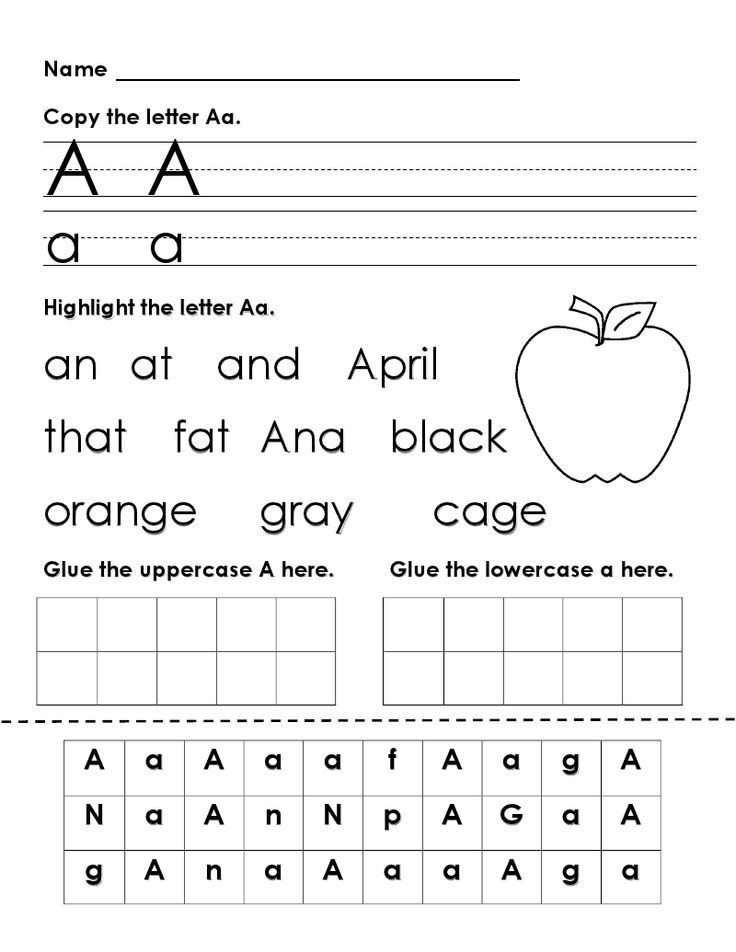 We want to teach letters the same way every single time so students can more easily store the information.
We want to teach letters the same way every single time so students can more easily store the information.
During the first 6 weeks, we introduce the entire alphabet. Each week, we introduce 4-5 letters. Many big boxed curriculums provide a letter of the week study. This is not effective.
Research by Jones and Reutzel (2012) showed that letter‐a‐day instructional pacing was significantly more effective than letter‐a‐week pacing in promoting students’ mastery of the alphabet letter names. They attributed this finding to a total of 6–7 distributed reviews of the alphabet letters in a single academic year, compared to only 1.5 distributed reviews when pacing instruction at a letter a week.
So clearly letter of the week is old and outdated. Letter of the day is a better and developmentally appropriate approach. It is also suggested that students NOT spend an hour a day on letter recognition instruction, but rather just 12 minutes a day… 12! Minutes! The instruction should be quick and include activities like letter identification, sound identification, sorting letters, finding letters, and writing letters!
How to Teach Letters in Kindergarten: Quick Daily Lesson
Letter Introduction
When we begin teaching letter recognition and sound, we provide students with a kinesthetic movement to accompany each specific letter.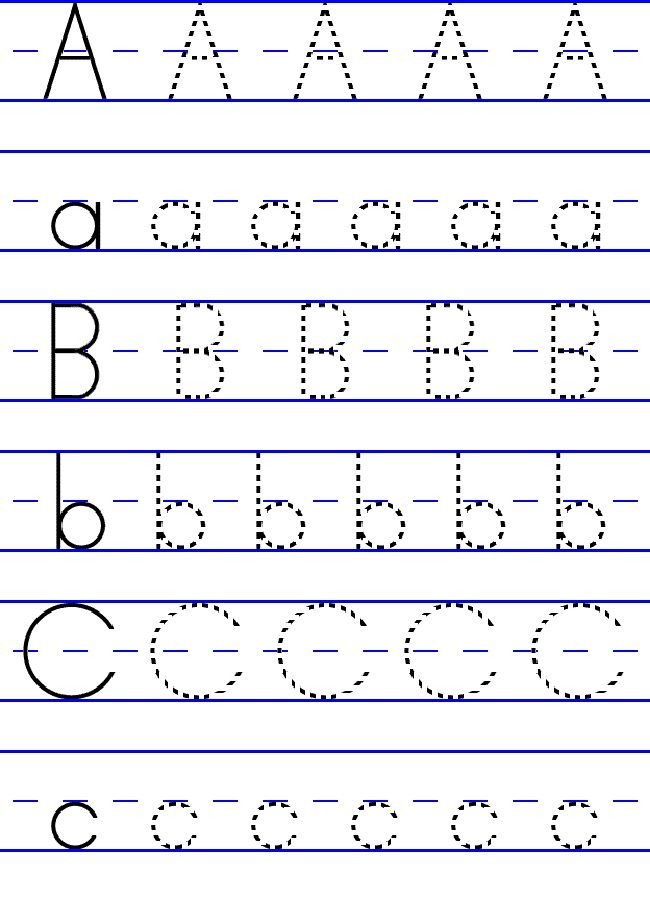 The movement is listed on the back of our sound cards.
The movement is listed on the back of our sound cards.
Letter Sounds
We identify pictures that represent the letter sound and place the sound cards in a pocket chart.
Letters in a Sentence
I read an alliteration sentence to students and we identify the word that starts with the focus letter. I also have students repeat the sentence with me a few times.
During our lesson, students are also working in their phonics journals.
Teach letters and phonics with our ready-to-go lesson plans and resources. You can find our Engaging Readers phonics lessons here:
- Phonics Lessons for Kindergarten and First Grade
Letter Recognition Activities
After each letter is learned, I provide students with different ways to practice the letters during their literacy center time. It is important for students to have lots of opportunities to apply their learning and strengthen their neural pathways. Here are 5 alphabet recognition activities that are perfect for centers! You can also use these great ideas during small group.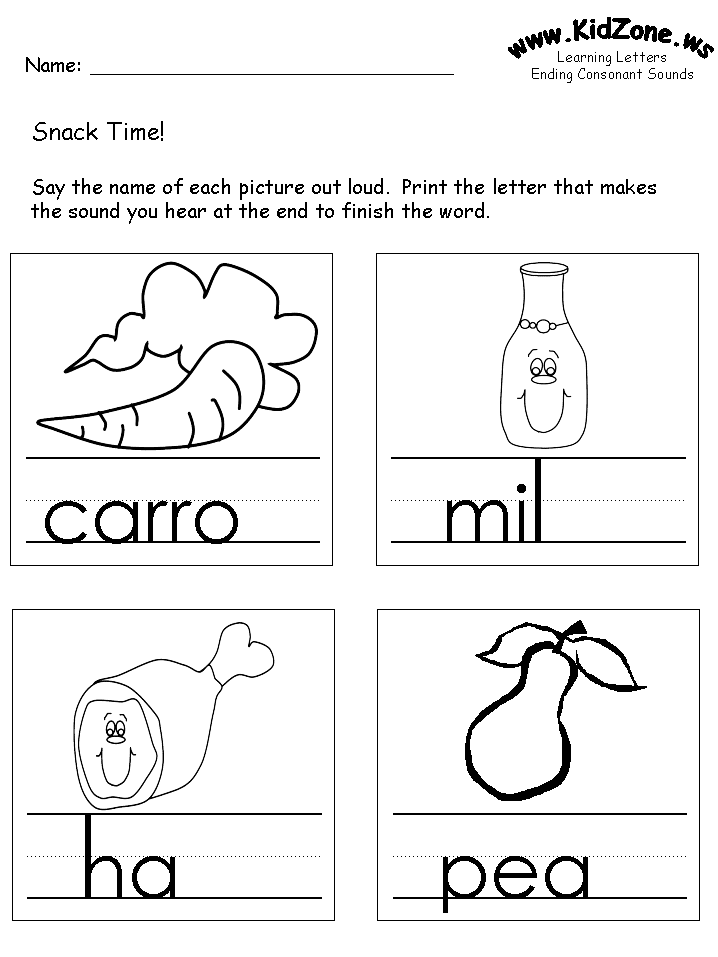
Alphabet Activity #1: Letter Identification Editable Worksheets
These printable and editable worksheets are a great resource for practicing letter identification. You can simply add which letters you want your students to practice, select the themed activity pages, and print. You can easily differentiate these worksheets to meet individual needs.
Letter Identification WorksheetsAlphabet Activity #2: Alphabet Games
These fun games are perfect for reviewing letter knowledge. Students pull out a card and say the letter name. There are special cards that make this game even more engaging. I love the multiple themes so this activity can be used throughout the year and not lose its excitement.
Alphabet Activity #3: Sequence Letter Identification
Another fun way to practice lower case letters. There are also multiple sets of this game so you can add in initial sounds, blends, digraphs, and vowels later in the year! Check out the bundle, HERE!
Alphabet Activity #4: Kindergarten Literacy Centers Letters and Print Concepts
These literacy centers are non-seasonal, easy to differentiate and follow a predictable format.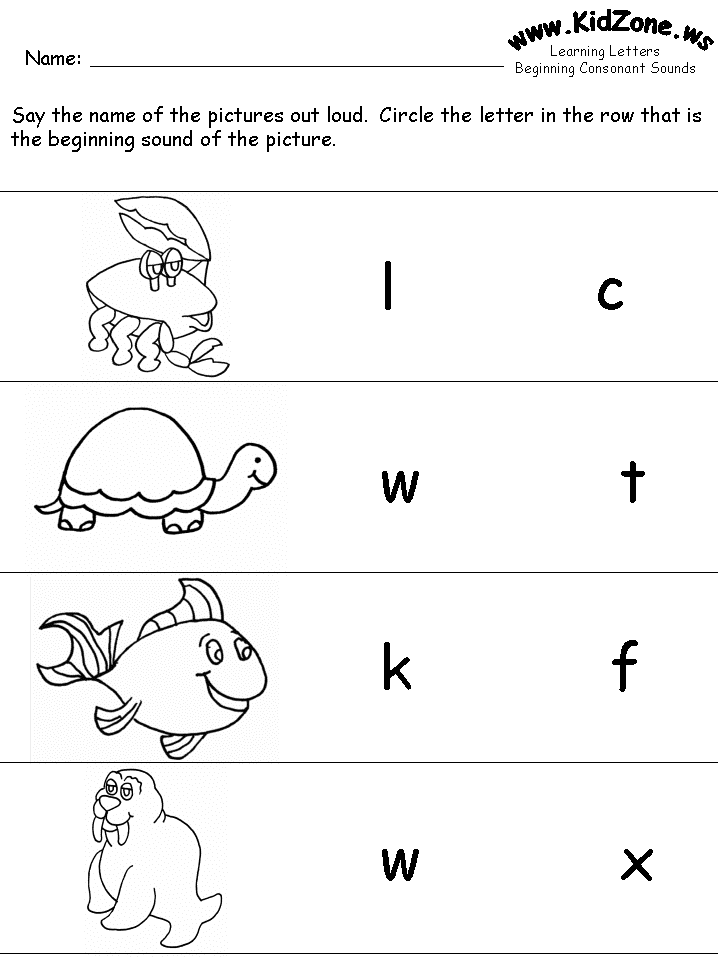 Perfect addition to your literacy stations!
Perfect addition to your literacy stations!
Alphabet Activity #5: Digital Letter Practice
If you have a technology center, these digital letter practice activities are great for the beginning of the school year. You can use these on Seesaw or Google!
ABC Songs
Alphabet songs are also a great way for students to practice letter identification and sounds. Here are a few to check out.
ABC Books
Of course, kindergarten teachers have lots of alphabet books! I have a blog post with some of my favorite alphabet books. You can check out the list and snag some free printables here:
- Alphabet Books for Kindergarten Plus a Free File!
Free File!
These free alphabet printables are perfect for your little learners! These alphabet posters show letter-sound associations and the correct formation of letters. Plus, they align with our Engaging Readers phonics program and Science of Reading curriculum. Note: There is another set of alphabet posters that show correct letter formation.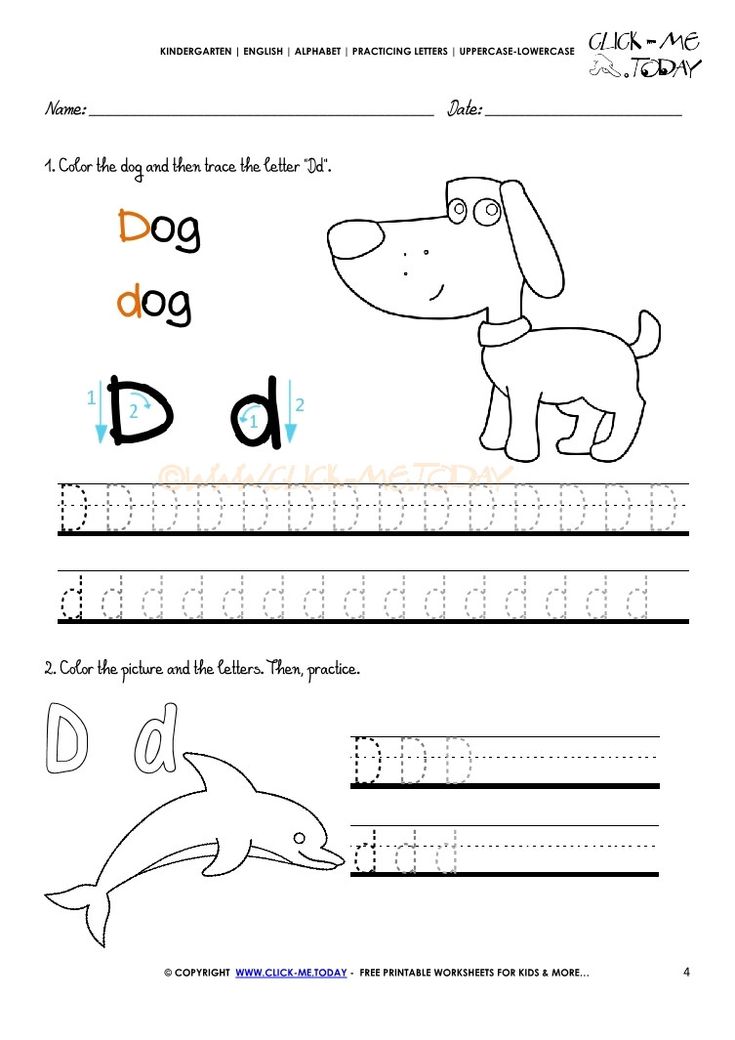 You get both sets! Just add your name and email below.
You get both sets! Just add your name and email below.
Get this set of free alphabet posters
Get freebies and teaching tips
sent right to your inbox.
First name
Email address
Thank you for subscribing!
1.2K shares
Deedee Wills
My teaching career allowed me to experience teaching in different classroom environments and grades. My heart belongs to early childhood education. My job is to make teaching FUN, ENGAGING, and EASIER. Welcome!
How to Teach the Alphabet
Home » How to Teach the Alphabet
Teaching the alphabet is the core of what we do in kindergarten for many months! There are many moving parts in the classroom that work together to get kids to learn the alphabet.
How to Effectively Teach the Alphabet in Kindergarten
1.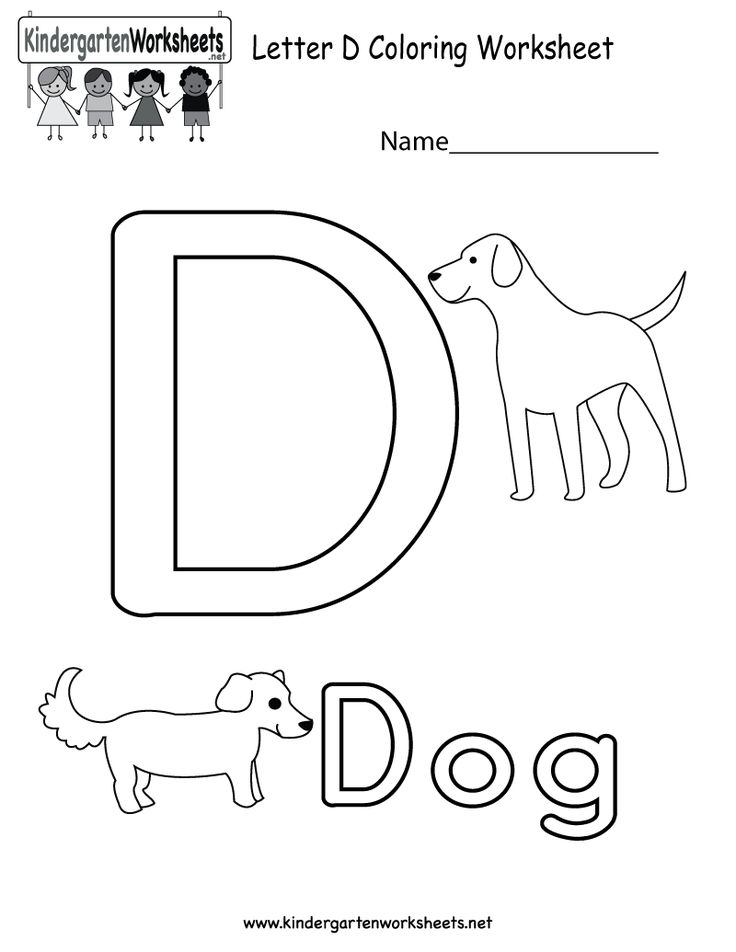 Just read! Seems silly to say but the best way to teach kids the alphabet is to just submerse them in it! As you are doing your normal read aloud, point out the letters and how you are using what is printed on the page to say the words. And then it’s also fun to read books about the alphabet; below are some of my favorites!
Just read! Seems silly to say but the best way to teach kids the alphabet is to just submerse them in it! As you are doing your normal read aloud, point out the letters and how you are using what is printed on the page to say the words. And then it’s also fun to read books about the alphabet; below are some of my favorites!
It’s also great to put these books into your writing lab to inspire writing! They are great jump starters for stories!
2. Teach the students the letters in their names. Children have seen the letters in their name more and heard the sounds in those letters their entire life, so it only makes sense to start there. Be sure to visit our Names Pinterest board for TONS of ideas on working with students’ names!
Follow Simply Kinder’s board Names on Pinterest.
3. Add music and movement! So important for little learners and there are so many great videos on YouTube that do this! I also love to incorporate tunes the students already know into our learning and so the below video is perfect for daily practice!
And then as the school year goes on, you still want to continue to teach the alphabet but the kids get a little bored with the same old songs, so we sing it backward! (They can do it and so can you!)
4. Follow your curriculum (or create a map of how you want to teach the letters.) This is so important because you don’t want to confuse your students. If your district has a prescribed curriculum, embrace and make it work.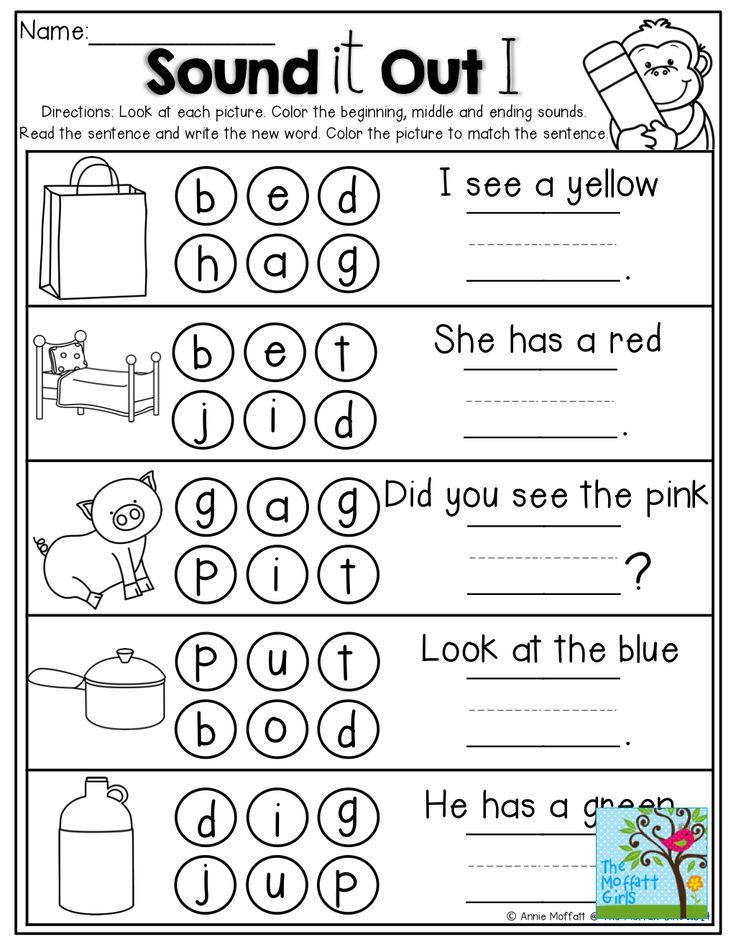 Supplement it where you can with fun and engaging activities. If you don’t have curriculum, decide how you want to teach the alphabet. There are many theories on what works, but honestly you will find research that says a letter a day is appropriate and a letter a week is as well. In my perfect work, we would teach 2 letters a week but that’s a decision you will have to make if you are able to.
Supplement it where you can with fun and engaging activities. If you don’t have curriculum, decide how you want to teach the alphabet. There are many theories on what works, but honestly you will find research that says a letter a day is appropriate and a letter a week is as well. In my perfect work, we would teach 2 letters a week but that’s a decision you will have to make if you are able to.
If you don’t have a curriculum, our Letter of the Week files can help. They are fully comprehensive units that have posters, printables, anchor charts, centers, and lots more! We call it Letter of the Week because it is literally a week worth of activities for each letter, but you don’t have to be a Letter of the Week teacher. You can definitely use whatever timeframe and all sorts of reading programs and approaches with these printable.
5. Put learning the alphabet into your centers! Centers are where the students really practice and get comfortable with the skills you are teaching! So it’s super important that all year you have the alphabet covered in your activities. One of my student’s favorite centers is our boring old flashcards on binder rings that I keep in a drawer in my writing center. (This is of course more of a spring sentence but at the beginning of the year students can draw other pictures and label them with the same letter they pick.)
One of my student’s favorite centers is our boring old flashcards on binder rings that I keep in a drawer in my writing center. (This is of course more of a spring sentence but at the beginning of the year students can draw other pictures and label them with the same letter they pick.)
6. Track your student’s growth. Another super important part of teaching the alphabet. I use Checklist Assessments to record what letters my kids can and cannot say the name, sound and write. This helps me to be able to pull targeted groups and really instruct on what my students are needing!
7. Include crafts and make it fun! So important to understand that our little learners need crafts and activities to create meaning! Again so many crafts and activities you can do, but I love Alphabet Hats because they go home with the students and the parents adore them! (Be sure to click over for a free hat!)
Making it fun does not have to mean arts and crafts either.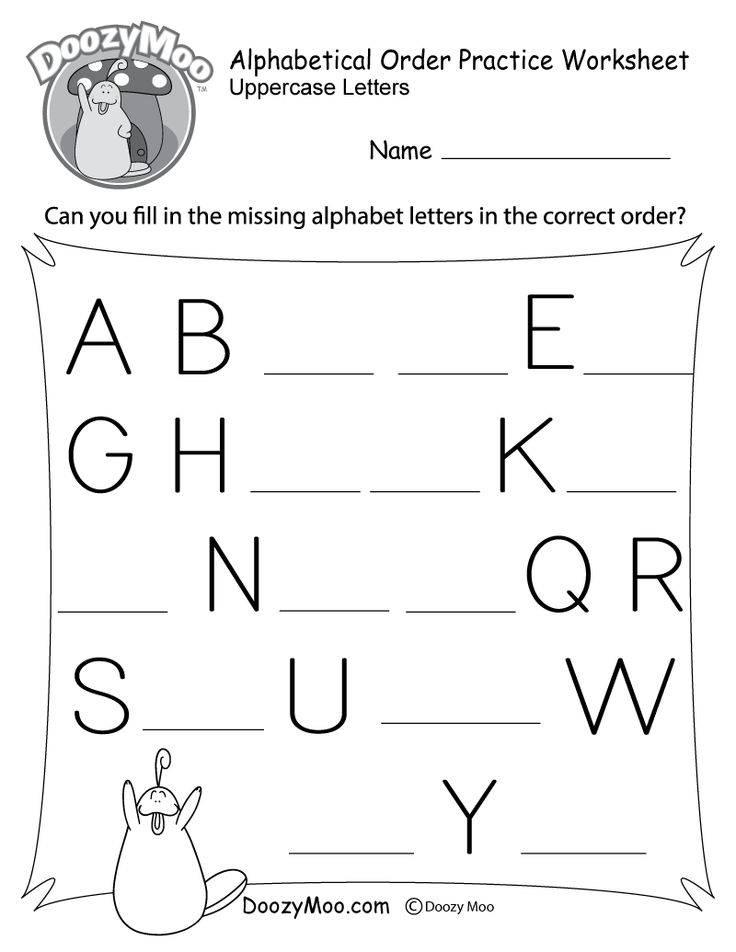 Kids love doing Interactive Alphabet Notebooks where they can cut, glue, and assemble all sorts of little flip flaps. Can kinders do them? YES. Our Interactive Notebooks are make with easy cuts that repeat again and again. You will model the first couple times and then kids will get it. These are truly a great tool because it is fun and academic.
Kids love doing Interactive Alphabet Notebooks where they can cut, glue, and assemble all sorts of little flip flaps. Can kinders do them? YES. Our Interactive Notebooks are make with easy cuts that repeat again and again. You will model the first couple times and then kids will get it. These are truly a great tool because it is fun and academic.
8. Practice for fluency! Once your students have a good basis of the letters, you will want to have them pick up the speed and create some automaticity in their knowledge! Letter cards or word searches are great resources to do this. Students can start by just identifying specific letters by circling the or dotting them with a bingo dotter. This will get them used to seeing the letter all mixed up and then as the year moves on they can read those letters for speed and fluency!
9. Keep your families well informed. We really need our families to help reinforce what we teach in the classroom and that is especially important when learning the alphabet.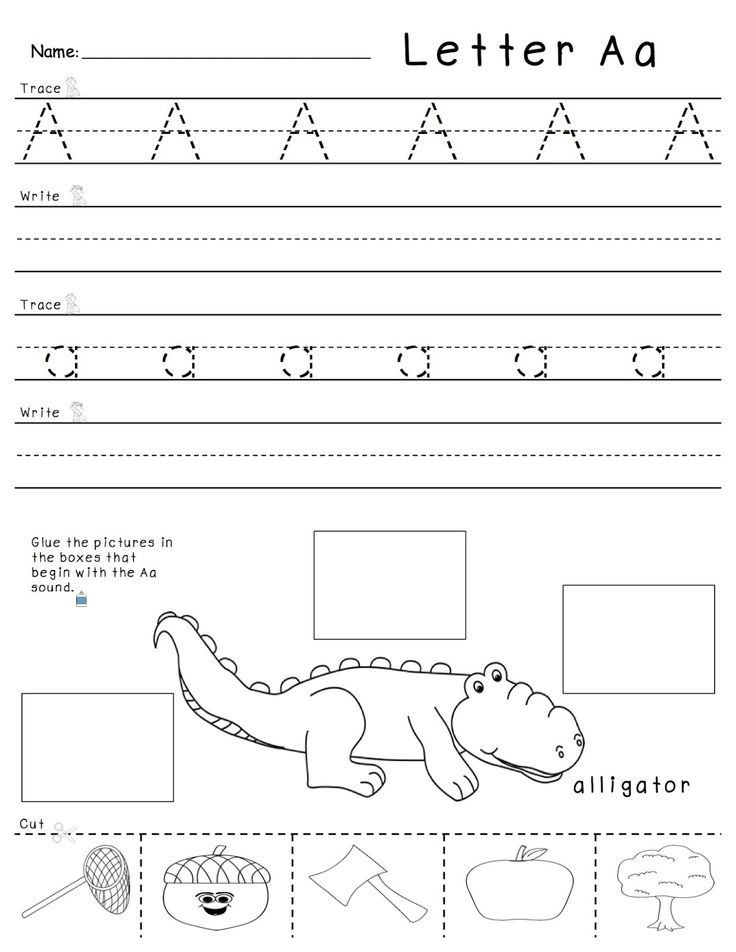 We need our parents to be on the same page with how to form the letters, teaching upper or lower case letters first, and etc. These Alphabet Brochures can help with that.
We need our parents to be on the same page with how to form the letters, teaching upper or lower case letters first, and etc. These Alphabet Brochures can help with that.
Alphabet Bracelets are also a great activity to do in class that lets parents know what letters we worked on in class.
When all of those elements fall into place, teaching and learning the alphabet is a lot more effective!
So I have teamed up with some of my friends to get you more information on teaching the alphabet!
At Simply Kinder we work together to bring you ready-to-use resources to partner with great teaching for any curriculum, a Facebook community where teachers talk all things Kindergarten, and low-prep learning ideas that your students will love. Be sure to stay up to date with all things kindergarten on Instagram, Facebook, Pinterest, and through email. Simply Kinder: where teaching Kinder is definitely better together!
Learn the letter A | Copybooks and tasks with the letter A
A selection of tasks for studying and fixing the letter and sound A . Completing tasks, children will not only get to know each other, learn and consolidate the letter A, but also enrich the general stock of ideas, vocabulary . Develop fine motor skills and graphomotor functions - many tasks for hatching, coloring, tracing by dots, writing with the letter A. Develop mental functions - thinking, attention, imagination, memory, and also gnosis . They will work on sound-letter analysis (determining the location of the sound A in a word).
Completing tasks, children will not only get to know each other, learn and consolidate the letter A, but also enrich the general stock of ideas, vocabulary . Develop fine motor skills and graphomotor functions - many tasks for hatching, coloring, tracing by dots, writing with the letter A. Develop mental functions - thinking, attention, imagination, memory, and also gnosis . They will work on sound-letter analysis (determining the location of the sound A in a word).
To: The manuals will be useful for kindergarten teachers, primary school teachers, speech therapists (teachers-defectologists) and caring parents.
Age: for children from 4 to 8 years old. Depends on the individual characteristics of the child. Basically, these are preschoolers of the senior group of the kindergarten and students of the 1st grade.
Letter A picture of an acrobat with balls.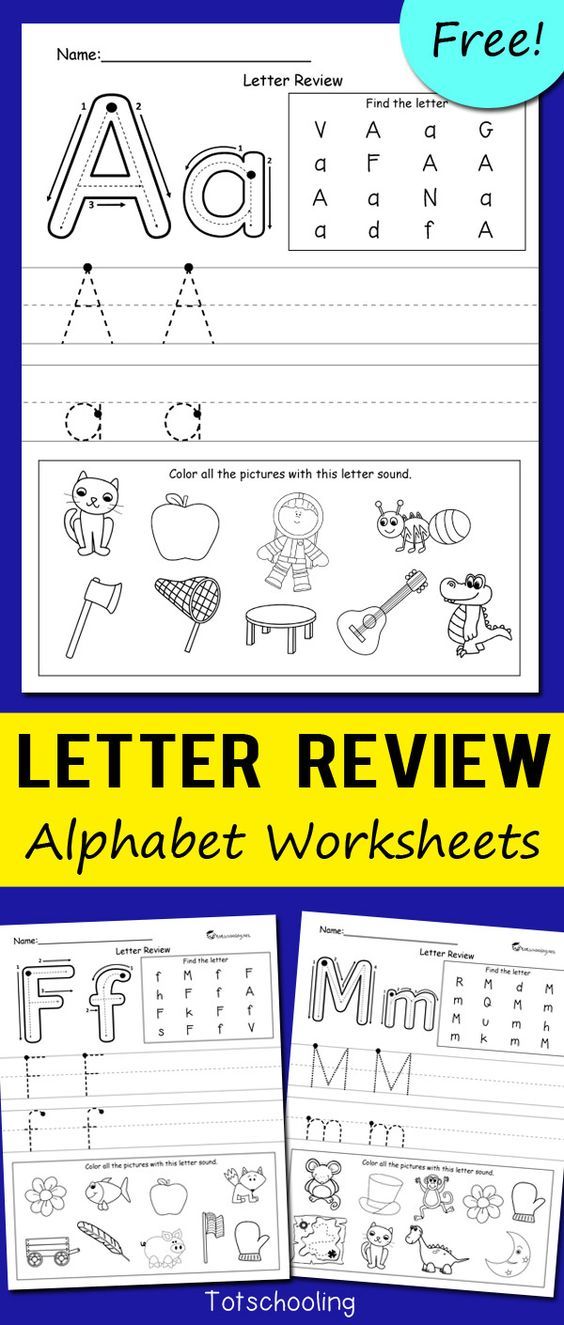 Author: Daria Gerasimova "The ABC of transformations"
Author: Daria Gerasimova "The ABC of transformations"
Source: Natalia Tkachenko "We learn to read from the age of 2. Alphabet, primer, copybook
Learning the letter A for the smallest, we find in words a doll, a picture, a bus, a book, an aster, a school desk, a watermelon, a cactus the letter A.
Fisher "Workbook No. 5 for children 4-5 years old" Letters "
Letter A, sound A Letter A, sound A part 2
.
Letter A, exercises for children 5 - 6 years old Task with the letter A for children 4, 5, 6 years old.
Letter A, senior group, 1st grade Letter A, senior group, 1st grade, part 2 We write and read the letter A to teach literacy, reading and writing to older preschool children. The children color the letters in blue and red, denoting vowels and consonants, guess and complete the letters, add syllables from letters and write them into triangles.
Vilena Konovalenko “We write and read. Notebook number 2. Teaching literacy to older preschool children”
Letter A, cursive Letter A, part 2, logical tasks
.
Color all the letters A Learning the letter A, for a speech therapist.
Letter A for grade 1 or children of the senior group of kindergarten Find the letter a, write the letter Letter A, find and color, writeIntroduction to the letter A For speech therapists, the letter A Interesting tasks for learning the letter A
Rozova, Korobchenko « Learning letters! Speech therapy classes in the period of literacy. Workbook »
You can download the whole book here
DOWNLOAD THE FULL VERSION
The development of phonemic perception and the development of fine motor skills. Worksheet with a task for learning the sound A, where it is necessary to color objects whose name begins with the sound A.
Notebook with tasks "Learning letters".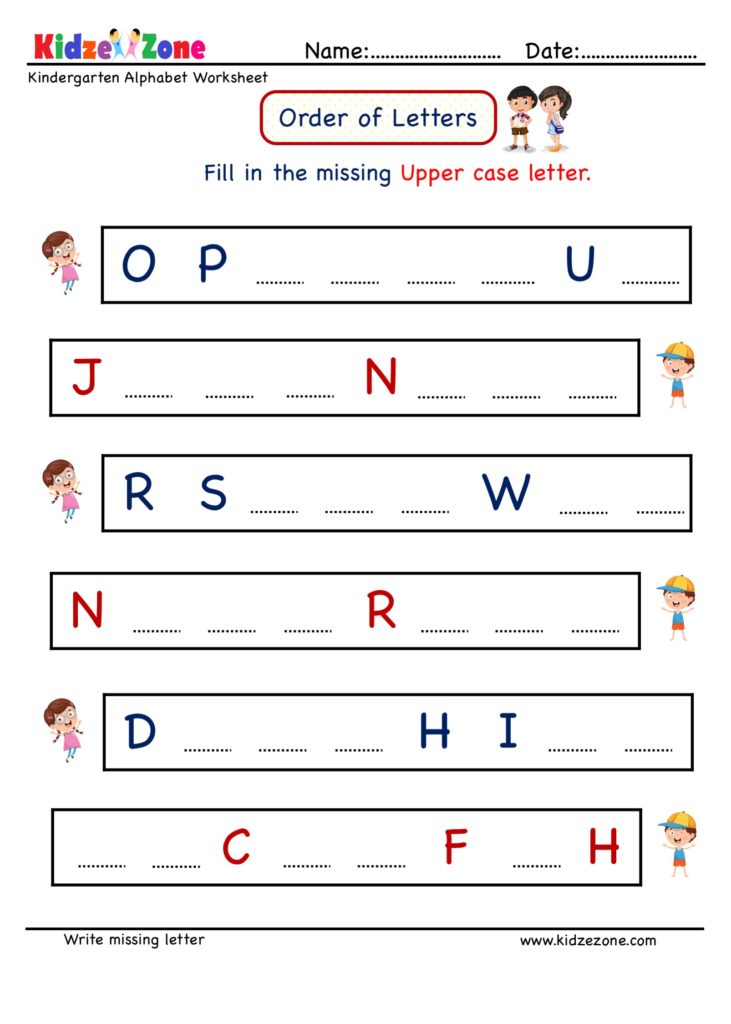 Series "Smart kid".
Series "Smart kid".
Labyrinth from the letter A, see here
Maze from the letter A Uzorova, E.A. Nefyodova "Tables for teaching reading"Tasks with the letter A for preschoolers turn acquaintance with the letter and sound into an interesting game. First, the children listen to a poem that is filled with the sounds of A. The first and last sounds in the names Anya and Misha are distinguished. They find what Misha rode from the proposed transport, look for the letter A in the picture, sculpt the studied letter from plasticine.
Author: I.I. Pilate, V.A. Knysh LEARNING LETTERS BY PLAYING
Development of graphomotor skills: shading watermelon, pineapple, oranges. Writing the letter A Read the syllables and complete them, complete the letter A, color in all the letters A Tasks with the letter A for preschoolers, the development of fine motor skills. The development of sound-letter analysis, the search for the letter A in words Finding items whose name starts with the letter A
Author of the manual: Kosenko Yu.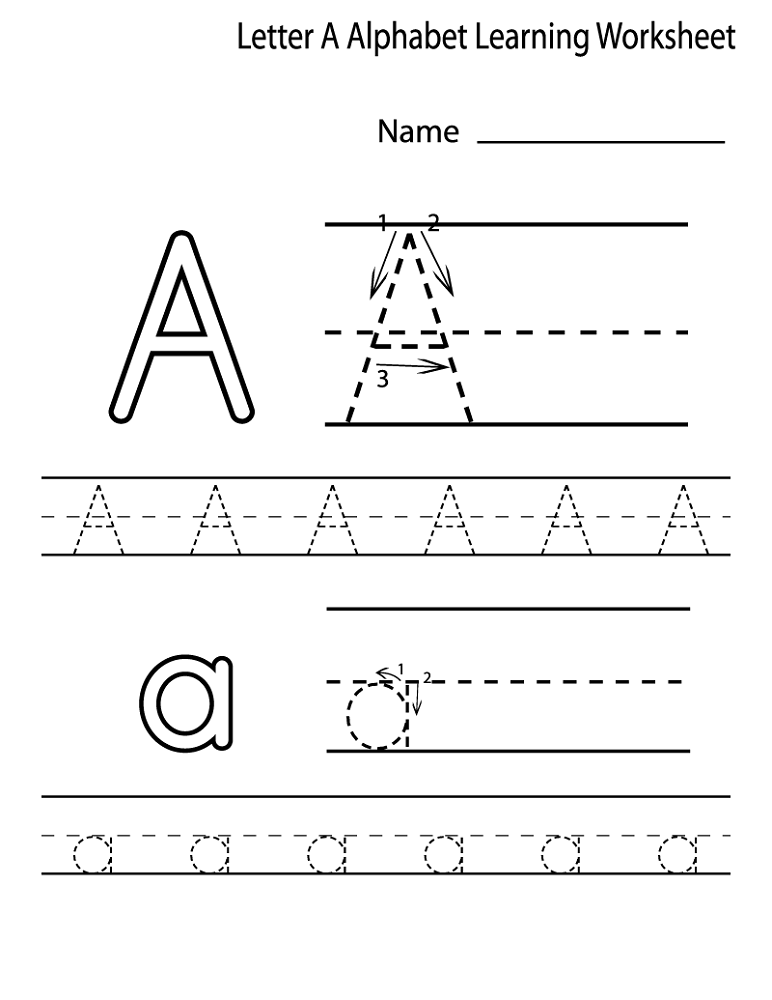 A. “Learning to read and write”
A. “Learning to read and write”
A selection of copybooks with capital and lowercase letter A. Copybooks provide information about proverbs and sayings with the letter A, information about the shark and pansies, as well as a riddle about the alphabet. The recipes have coloring pages and additional tasks for the development of mental processes.
Uppercase and lowercase letter A for future and current first graders.
Capital letter A Small letter a, uppercase First encounter with the letter A Letter A for preschoolersDevelopment of phonemic perception, topic:
"SOUND AND LETTER A" for speech therapists, speech pathologists 1. Look at the picture. What is the girl doing? What sound does she make?
2. When pronouncing the sound A, the lips draw a large circle. Color the circle red.
3. Dotted the large and small letter A. Print the letters A.
Look, in the hole on the wavy path there lives a low sound A, and on the hill there is a high sound A.
The speech therapist pronounces the sound A on one exhalation in a high or low voice, and the children must find and show with their finger a place on a wavy path (a hole or a hill) in accordance with the pitch of the sound A. This is how we develop the prosodic side of speech and speech breathing .
5. And now try it yourself, pronouncing the sound A and changing the pitch of your voice, walk your index finger along the track. (The speech therapist makes sure that the children, swiping their fingers along the path, change the pitch of their voices with one exhalation.)
Letter A, the development of phonemic perception Work on sound A for speech therapists
Compiled by: Koptik S.A. "Workbook of speech therapy classes for students of grade 1"
Children get acquainted with the visual image of the printed letter A. Then they prescribe it. Then they color the pictures and determine the place of the sound A in words (ball, watermelon, school).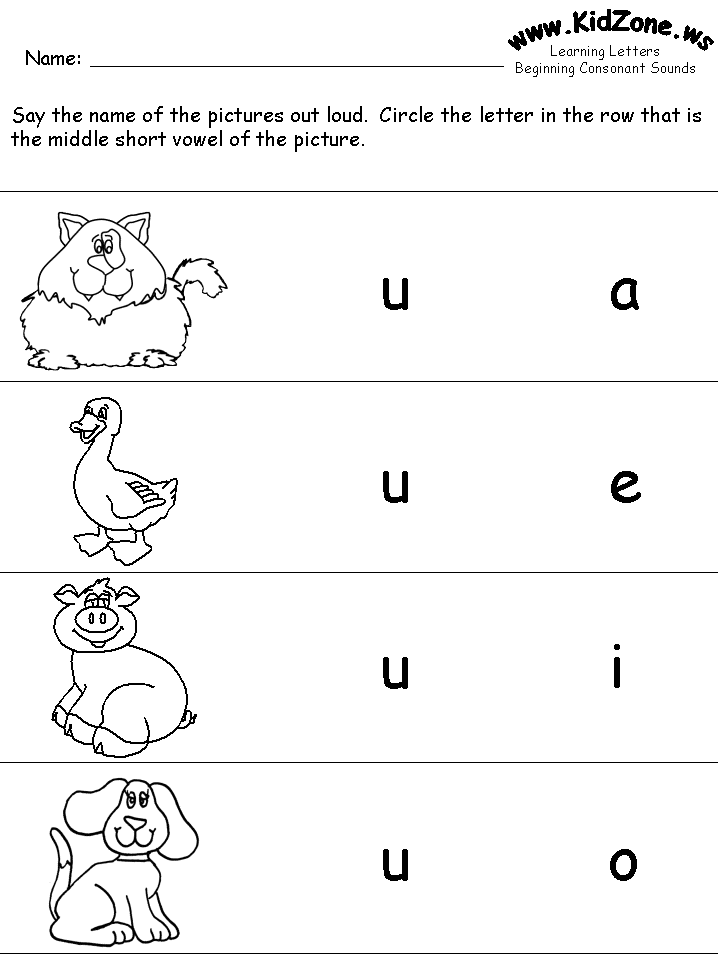
Coloring book - letter A
Letter A coloring book for children 4-6 years old. The letter A can not be painted, but hatched.
With this exercise, children develop visual perception, attention and perseverance. The child needs to find all the letters A, they can be crossed out, covered with pebbles or other objects.
Letter A graphic-motor and sound tracks. You can draw with your finger, pencil, felt-tip pen, while pronouncing the sound A.
Source: slipki.ru
These activities will help prepare children for literacy. In an interesting and accessible way, children will get acquainted with the sound and the letter A, they will learn to analyze the sounding word, form the initial reading and writing skills.
Source: N.Yu. Kostyleva "200 entertaining exercises with letters and sounds for children 5-6 years old"
All living letters on one pagePoems about the alphabet, alphabet
Learn the alphabet, learn the letters.
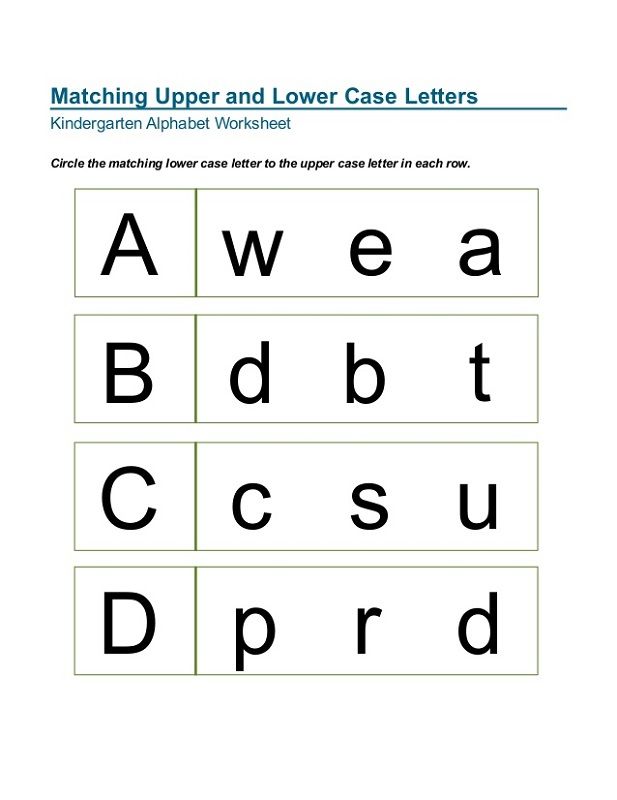
- PRO ABC
- BLOG FOR FATHER
- Section: TEACHING TO READ
- How easy is it to teach a child the alphabet?
08
Nov
2020
Sooner or later every child will have to learn the alphabet. And, as a rule, this is the first thing mothers want to teach their children. And this makes sense! Why? The sequence is simple:
Knows the alphabet - it's easier to learn to read.
Can read - can easily comprehend other subjects.
Everything is simple, when studying any other subject, the child will have to deal with the text that explains the task. And not knowing how to read thoughtfully and consciously, it will be very difficult for him to comprehend science.
But back to basics. Here we have a wonderful three-year-old. And you know that at this age in all children's centers they are already beginning to quietly teach letters. And it doesn't matter whether you assign a child to a children's center or decide to start teaching your baby yourself - the main thing is to know the requirements when teaching such kids to read.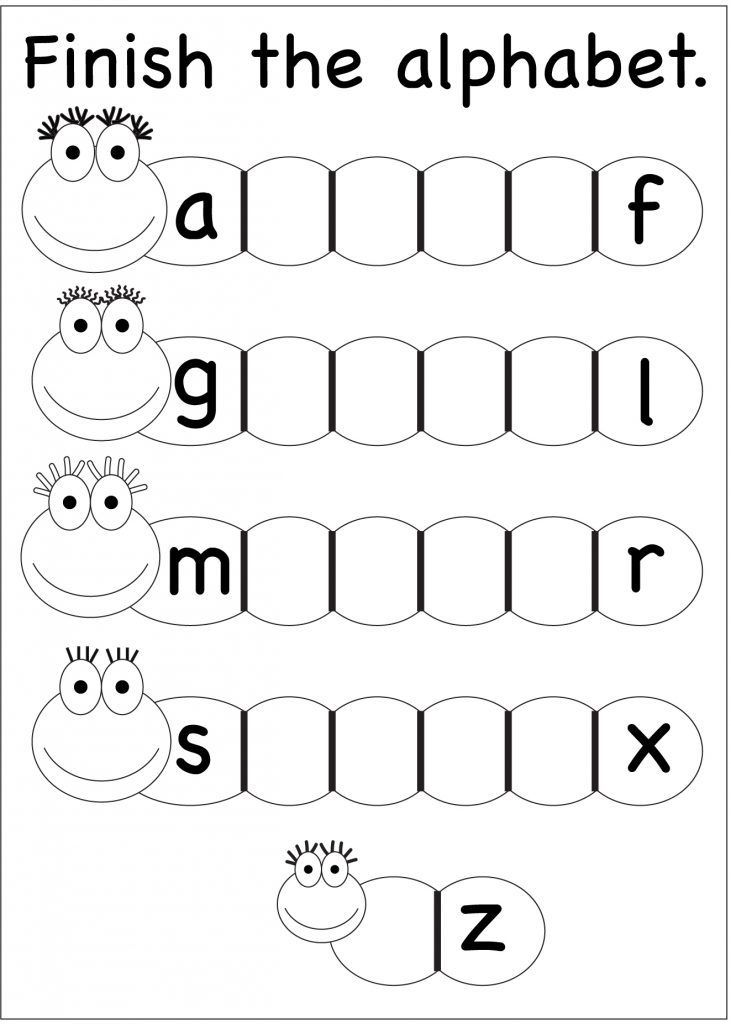 This knowledge will be useful to you both in self-study and when visiting a children's center, you can track the quality of classes.
This knowledge will be useful to you both in self-study and when visiting a children's center, you can track the quality of classes.
Remember that at the age of 3, your first goal is not to teach the letters , but to make the process FUN and INTERESTING, to instill a love of reading and not to allow to form negative associations with reading in the child.
The easiest and most effective option is to turn learning the alphabet into a game! And here are some of the very first rules:
1. You should not learn the entire alphabet at once, it is enough to get acquainted with the basic letters (A, O, U, M, P ..), gradually adding other letters.
2. Keep in mind that this is the age of sensitive - it is important for a child to touch and try everything, so offer three-dimensional letters that can be touched, traced, pasted, sprinkled, etc.
3. Increase the time of playing with letters gradually, starting from 5 minutes and increase as long as the kid is interested and he keeps concentration.

